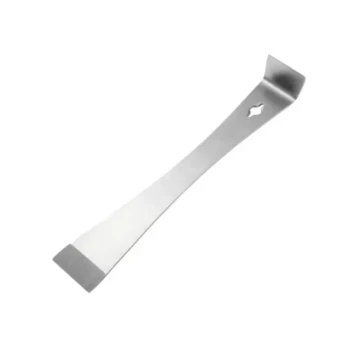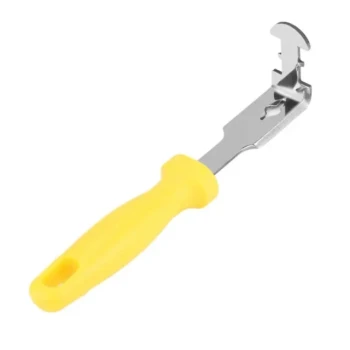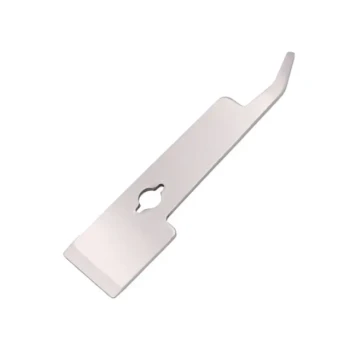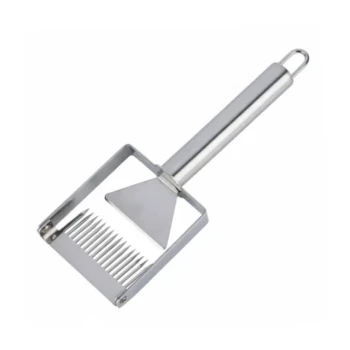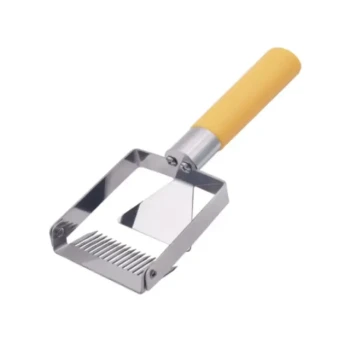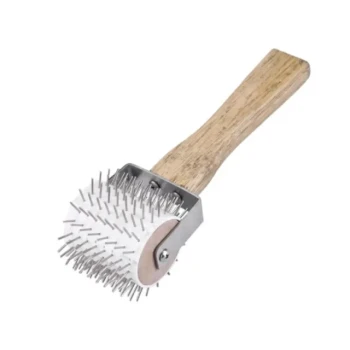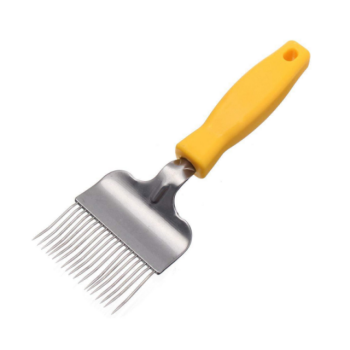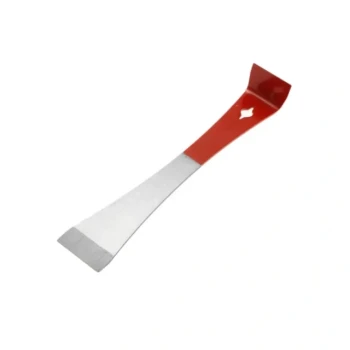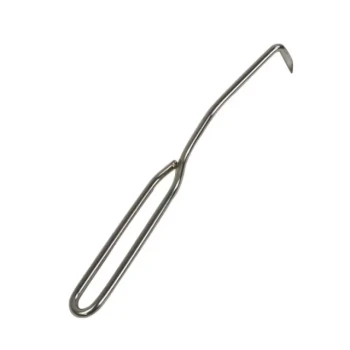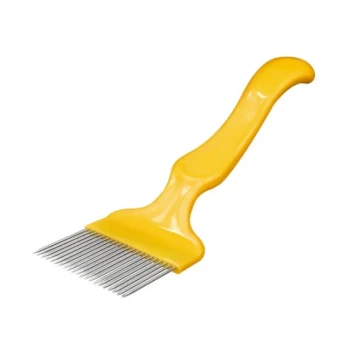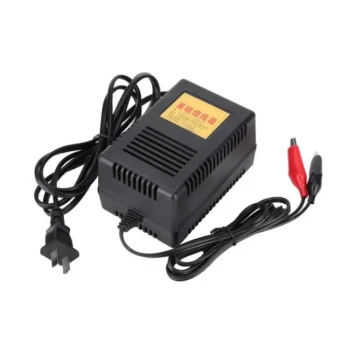At its core, a propolis mat works by exploiting a honeybee's natural instinct to seal gaps and drafts. It is a specially designed screen or flexible mat with numerous small slits or holes. When placed on top of the hive frames, the bees perceive these openings as unwanted cracks in their nest, which they diligently fill with propolis to maintain hive integrity and hygiene.
A propolis mat is not a complex device; it is a simple tool that cleverly redirects a natural bee behavior. It transforms the often-annoying task of scraping "bee glue" into a systematic and efficient harvesting process, turning a bee's instinct into a beekeeper's asset.

The Bee Behavior Behind the Mat
To use a propolis mat effectively, you must first understand the bee's motivation. The device's success hinges entirely on the colony's powerful, hardwired behaviors.
The Propolis Envelope
Bees meticulously coat the entire interior surface of their hive with a thin layer of propolis. This creates what is known as a propolis envelope.
This envelope serves as a critical part of the colony's immune system, with antimicrobial and antiviral properties that help sterilize the hive and protect its inhabitants from disease.
An Instinct to Seal
Honeybees are driven to create a dark, draft-free, and defensible space. Any crack that lets in light or air is seen as a structural weakness and a potential entry point for invaders or pathogens.
Their instinct is to immediately seal these gaps with propolis. A propolis mat simply presents the bees with hundreds of these "cracks" in a concentrated, removable format.
The Purpose of "Bee Glue"
Beekeepers often refer to propolis as "bee glue" because it's used to secure everything in the hive. This includes gluing frames to the hive body, sealing the inner cover, and reinforcing the hive structure.
The mat channels this gluing behavior into a predictable pattern, making the propolis easy to collect without damaging hive components.
How to Use a Propolis Mat Effectively
Proper technique is simple but essential for maximizing your harvest and minimizing disruption to the colony.
Correct Placement
The propolis mat should be placed directly on top of the uppermost hive box frames, just beneath the inner cover.
This position mimics the "roof" of the hive, an area bees are particularly keen to seal against the elements and potential threats from above.
Optimal Timing for Collection
The best time to use a propolis mat is during the main nectar flow of late spring and summer.
During this period, the colony is at its peak population, actively foraging, and has the resources to produce surplus propolis. Avoid using it during winter, as it can interfere with ventilation and add unnecessary stress.
The Harvesting Process
Once the mat is filled, the process for harvesting is straightforward.
- Remove: Carefully pry the mat from the top of the frames.
- Bag and Freeze: Place the mat in a plastic bag and put it in a freezer for several hours until the propolis is frozen solid and brittle.
- Crack and Collect: Remove the mat from the freezer and immediately twist, roll, or tap it. The frozen propolis will crack and fall away from the flexible mat, ready for collection.
Understanding the Trade-offs
While highly effective, using a propolis mat is not without considerations. A trusted advisor must acknowledge the potential downsides.
Hindrance to Hive Inspections
The mat adds another layer to remove during hive inspections. Because the bees will glue it down firmly, it can make quick checks more time-consuming.
Potential for Reduced Ventilation
By encouraging bees to seal the top of the hive, a propolis mat can slightly reduce passive ventilation. While generally not a major issue in strong hives during the main season, it's a key reason to remove the mat before winter.
Variable Production Rates
Not all colonies are created equal. Some genetic lines of honeybees are prolific propolis producers, while others are not. Your results will vary depending on the colony's genetics and the availability of resin-producing plants in your area.
Making the Right Choice for Your Goal
Ultimately, whether you use a propolis mat depends on your specific objective as a beekeeper.
- If your primary focus is harvesting propolis efficiently: A dedicated propolis mat is the single best tool for collecting clean, high-quality propolis in significant quantities.
- If your primary focus is minimal hive intervention: You may prefer to simply scrape excess propolis from frames and boxes during regular inspections, accepting a smaller and less clean harvest.
- If your primary focus is maximizing honey production: The slight disruption of installing and removing a propolis mat is negligible and will not impact your honey yield.
By understanding the bee's instinct, you can turn a simple piece of equipment into a powerful tool for your apiary.
Summary Table:
| Key Aspect | Description |
|---|---|
| Core Principle | Exploits the bee's instinct to seal cracks and drafts for hive hygiene. |
| Optimal Placement | Directly on top of the uppermost frames, beneath the inner cover. |
| Best Time to Use | During the main nectar flow (late spring/summer). |
| Harvesting Method | Freeze the mat until propolis is brittle, then crack and collect. |
| Ideal For | Beekeepers focused on efficient, high-quality propolis harvesting. |
Ready to streamline your propolis harvest?
As a trusted wholesale supplier to commercial apiaries and beekeeping equipment distributors, HONESTBEE provides the durable, effective equipment you need to succeed. A propolis mat is a simple tool that can significantly boost your productivity and product quality.
Let HONESTBEE's wholesale-focused operations support your business growth. Contact our team today to discuss your equipment needs and discover how we can help you maximize your apiary's potential.
Visual Guide

Related Products
- HONESTBEE Professional Long Handled Hive Tool with Precision Cutting Blade
- Multi-Function Plier-Style Frame Grip Hive Tool
- Professional Dual-End Stainless Steel Hive Tool for Beekeeping
- Professional Stainless Steel Pry-Bar Hive Tool
- Heavy Duty Stainless Steel Frame Cleaner with Plastic Handle
People Also Ask
- What are some common uses of a hive tool? Essential Multi-Purpose Tool for Every Beekeeper
- How should beekeepers handle bees when using a hive tool? Master Calm, Deliberate Techniques
- Why do hive tools have a hole? Unlock the Secret to Efficient Beekeeping
- What are the features of a regular hive tool? The Essential Multi-Tool for Every Beekeeper
- What are the basic tools for beekeeping? Essential Starter Kit for Safe & Successful Hive Management



